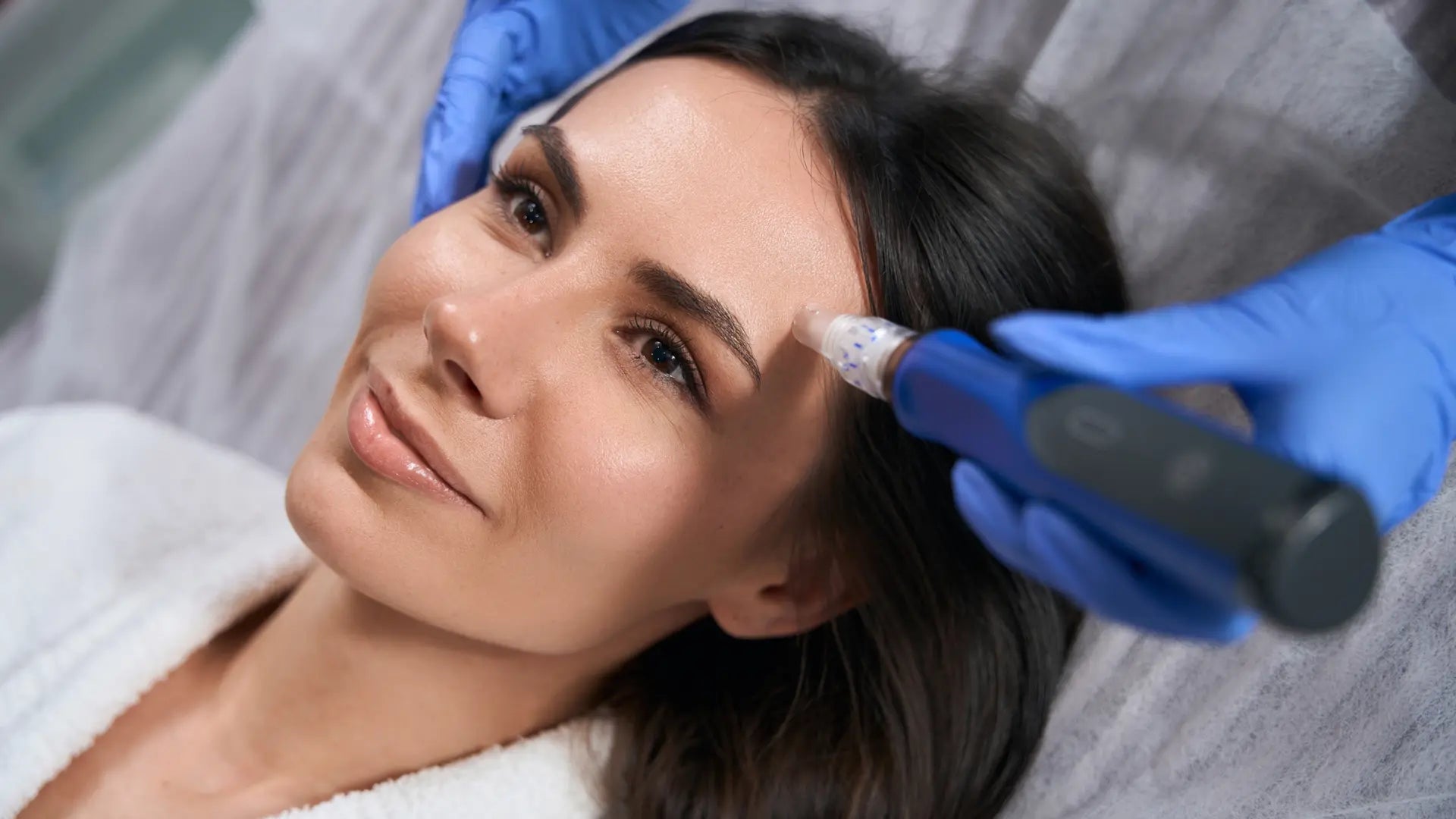
Microneedling: Educational Guide
Microneedling, sometimes referred to as collagen induction therapy, is a professional cosmetic procedure performed by trained health practitioners. It involves using fine needles to create controlled micro-injuries on the skin surface. This guide provides educational information about microneedling, including different approaches and considerations for individuals thinking about this type of procedure.
As skin ages or is exposed to environmental factors such as sun and stress, it can undergo changes in texture and elasticity. Microneedling is one of several procedures that can be discussed with a qualified practitioner as a potential option for addressing these changes. The effects of the procedure vary between individuals and depend on multiple factors.
During microneedling, a trained professional uses a device to create microchannels in the skin. This process is intended to support the skin’s natural processes, and responses to treatment differ depending on individual skin type and condition. The procedure is performed in a clinical setting, and a practitioner will provide guidance on suitability and expectations.
Different types of microneedling procedures exist, and each may involve variations in technique, device, or additional components such as platelet-rich plasma or radiofrequency. A practitioner can explain the potential approaches, limitations, and considerations relevant to each individual. The following sections provide an overview of microneedling types, pros and cons, and frequently asked questions.
Standard Microneedling
Standard microneedling uses a pen or roller with fine needles to create microchannels in the skin. The depth of these channels can vary depending on the technique used by the practitioner.
-
Pros
-
Can be discussed with a practitioner as an option for individuals interested in cosmetic skin procedures.
-
Typically performed in a clinical setting under professional supervision.
- Different devices and techniques are available for varying skin needs.
-
Can be discussed with a practitioner as an option for individuals interested in cosmetic skin procedures.
- Cons
-
-
Multiple sessions may be considered depending on practitioner guidance.
- Not suitable for everyone; a practitioner will assess any contraindications before treatment.
-
Multiple sessions may be considered depending on practitioner guidance.
Microneedling with Platelet-Rich Plasma (PRP)
This variation involves combining microneedling with platelet-rich plasma derived from the patient’s own blood. The PRP is prepared in a clinical setting and may be applied to the skin during the microneedling session under professional supervision.
-
Pros
-
Combines two procedures discussed within a professional consultation.
-
PRP is derived from the patient’s blood and handled under clinical standards.
- May be considered for individuals looking to explore advanced microneedling approaches.
-
Combines two procedures discussed within a professional consultation.
- Cons
-
-
Additional preparation steps may increase procedure time.
-
Not all individuals are suitable candidates; suitability is determined by a qualified practitioner.
- Temporary effects, such as mild redness or sensitivity, can occur.
-
Additional preparation steps may increase procedure time.
Microneedling with Radiofrequency (RF)
Microneedling with RF combines needle-based techniques with controlled radiofrequency energy. The procedure is performed by trained practitioners in a clinical setting.
-
Pros
-
Provides a combined approach involving microneedling and RF under professional supervision.
- Different devices and settings can be discussed with a practitioner to address various skin considerations.
-
Provides a combined approach involving microneedling and RF under professional supervision.
- Cons
-
-
Requires specialized equipment and training.
-
Not all individuals may be suitable candidates; a practitioner assesses suitability.
- Some individuals may experience temporary redness or sensitivity following treatment.
-
Requires specialized equipment and training.
Frequently Asked Questions (Educational)
-
What are the key points about microneedling?
-
Microneedling is a professional procedure performed by trained health practitioners.
-
It involves creating controlled micro-injuries to the skin using specialized equipment.
-
The procedure and effects vary between individuals.
-
Microneedling is a professional procedure performed by trained health practitioners.
-
Is microneedling uncomfortable?
-
Some individuals may feel mild discomfort during the procedure.
-
Topical numbing products may be used by a practitioner to support comfort.
- Responses to treatment vary between individuals.
-
Some individuals may feel mild discomfort during the procedure.
-
How often is microneedling performed?
- The frequency of microneedling sessions is determined by a qualified practitioner based on individual skin characteristics and treatment plan considerations.
-
Who should avoid microneedling?
-
Individuals with active acne, rosacea, or inflammatory skin conditions should discuss potential risks with a qualified practitioner.
- A professional assessment is required to determine suitability for any cosmetic procedure.
-
Individuals with active acne, rosacea, or inflammatory skin conditions should discuss potential risks with a qualified practitioner.
Find out if microneedling is right for you.
Microneedling is a professional skin procedure that can be discussed with a qualified health practitioner. Different approaches, including standard microneedling, PRP-assisted, and RF-assisted techniques, are available depending on individual considerations. Suitability, session frequency, and procedural details are determined on a case-by-case basis through consultation. Individuals considering this procedure should always seek guidance from a trained practitioner and ensure their medical history and skin characteristics are reviewed before any treatment.

